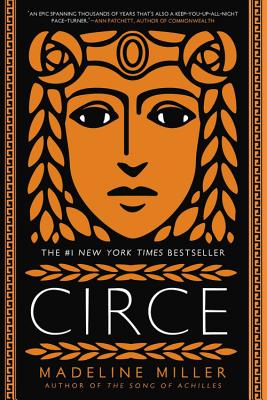
Her name is Circe, and she is the golden-eyed daughter of a god.
But in Madeline Miller’s lyrically written Circe, she is also the most mocked and least cherished member of her family. As the unwanted daughter of the sun god Helios, throughout millennia her story has been told in pieces scattered in other myths and legends. When Jason and Medea steal the Golden Fleece, it is Circe who provides them with aid. Pasiphaë, mother to the Minotaur who lives in a labyrinth, is her sister. When Odysseus’s men turn into pigs, she is the witch who transformed them.
Circe has been part of all of these stories, but she has never been considered important. Now her story is finally told for a new audience. But she begins powerless and almost voiceless. Her father treats her with indifference. Her mother is ashamed of Circe’s lack of beauty. Circe’s sister says, “A thousand times I saw you squashed. I squashed you myself.” Despite all of this, Circe is humble, kind, and considerate. For that, she is despised. Ultimately, she is banished to live alone and lonely on the island of Aeaea.
Shipwrecked sailors come, covetously eying her body and her belongings when she welcomes them, eager for company. In one particular scene, they ask to thank her husband for the hospitality she provides. Then, because there is no husband nor father, a sailor asks:
“‘Then perhaps there is some other host we should thank? An uncle, a brother?’
‘If you would thank a host,’ I said, ‘thank me. This house is mine alone.’
At the word, the air changed in the room.”
To fend for herself, she slowly transforms from humble girl to powerful enchantress—and it is gloriously satisfying. At one point, she says of the men she turns into pigs:
“They moan and squealed, and pressed their snouts to the earth. We are sorry, we are sorry. Sorry you were caught, I said. Sorry that you thought I was weak, but you were wrong.”
But this isn’t just the story of an icy goddess who comes into her full powers. Above all, this is a story about love—of everything people and gods are willing to do for it, and all of the blessings that life can contain if it is attained.
Circe learns to love others, she learns what it is like when they truly love her back, and most importantly of all, she learns to realize that she is worthy of love and she learns to love herself.
It is also the story of a woman who is trying to find herself, chart her own path, and decide what it is, exactly, that she wants despite other people’s ideas of her. At one point she asks, “Would I be skimmed milk or a harpy? A foolish gull or a villainous monster? Those could not still be the only choices.” Circe, a peripheral character, has been doomed to live as the cruel witch or undeserving daughter of a god across thousands of years and thousands of stories. But in Circe, Madeline Miller has created a new kind of Greek myth.
Miller trots out a pantheon of familiar characters: Ariadne, Odysseus, Jason and Medea, Daedalus, and more. But this is not the world of Greek myths from before, where it was an honor to be used by a god—and so the gods did, fruitfully and joyfully. Where women were calm helpmeets and good wives, until they became villains if they reacted with anger as their husbands impregnated other women or killed their daughters.
We see all of Circe’s stories, but this time, from a woman’s point of view—a view that has been neglected for far too long. In this beautifully written, feminist retelling, Odysseus is not the hero for cheating on his wife. Forgotten women discover their power. Past wrongs are righted. And finally, Circe has the agency to choose her own story and her own life to create the future she has always wanted. Madeline Miller has created a new kind of luminous story that I love, and will read again and again.
During the day, S.K. Tiao can most often be found dreaming up new ways to tell people what to buy. She has lived in every major metropolitan area on the West Coast although she hopes to end up back in Washington State. For fun, she loves to read more than almost anything, but also cooks her friends seven-course, themed meals. She can’t draw, but she makes quilts, wool rugs, and knitted lace shawls.




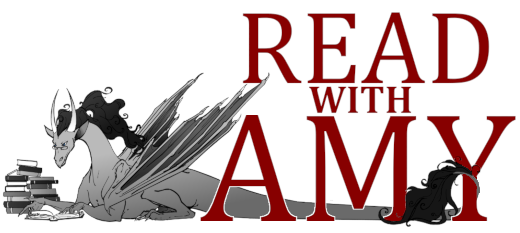
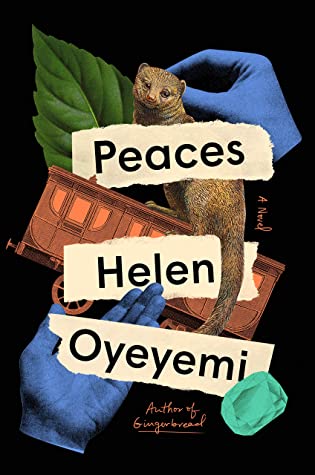
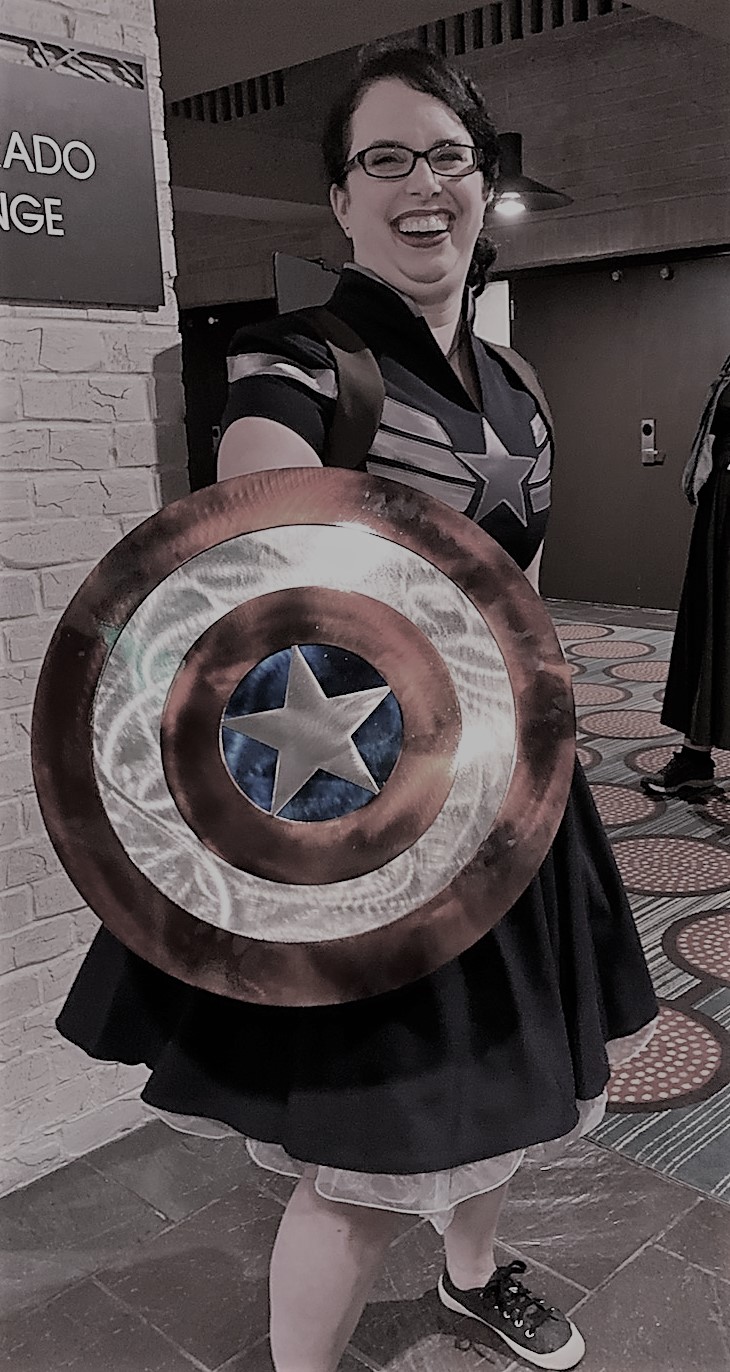 Amy Tenbrink spends her days handling strategic and intellectual property transactions as an executive vice president for a major media company. Her nights and weekends over the last twenty-five years have involved managing a wide variety of events, including theatrical productions, marching band shows, sporting events, and interdisciplinary conferences. Most recently, she has organized three Harry Potter conferences (The Witching Hour, in Salem, Massachusetts; Phoenix Rising, in the French Quarter of New Orleans; and Terminus, in downtown Chicago) and ten years of Sirens. Her experience includes all aspects of event planning, from logistics and marketing to legal consulting and budget management, and she holds degrees with honors from both the University of Southern California’s Thornton School of Music and the Georgetown University Law Center. She likes nothing so much as monster girls, Weasleys, and a well-planned revolution.
Amy Tenbrink spends her days handling strategic and intellectual property transactions as an executive vice president for a major media company. Her nights and weekends over the last twenty-five years have involved managing a wide variety of events, including theatrical productions, marching band shows, sporting events, and interdisciplinary conferences. Most recently, she has organized three Harry Potter conferences (The Witching Hour, in Salem, Massachusetts; Phoenix Rising, in the French Quarter of New Orleans; and Terminus, in downtown Chicago) and ten years of Sirens. Her experience includes all aspects of event planning, from logistics and marketing to legal consulting and budget management, and she holds degrees with honors from both the University of Southern California’s Thornton School of Music and the Georgetown University Law Center. She likes nothing so much as monster girls, Weasleys, and a well-planned revolution.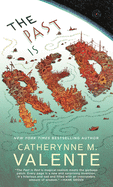
 Jazz Sexton is a stay-at-home daughter taking care of her parents and working on a novel. She received her BA in English with a Certificate in Children’s Literature from the University of Pittsburgh, and her Certificate in Publishing from NYU. You can find her poetry in inkscrawl, Liminality, and Stone Telling.
Jazz Sexton is a stay-at-home daughter taking care of her parents and working on a novel. She received her BA in English with a Certificate in Children’s Literature from the University of Pittsburgh, and her Certificate in Publishing from NYU. You can find her poetry in inkscrawl, Liminality, and Stone Telling.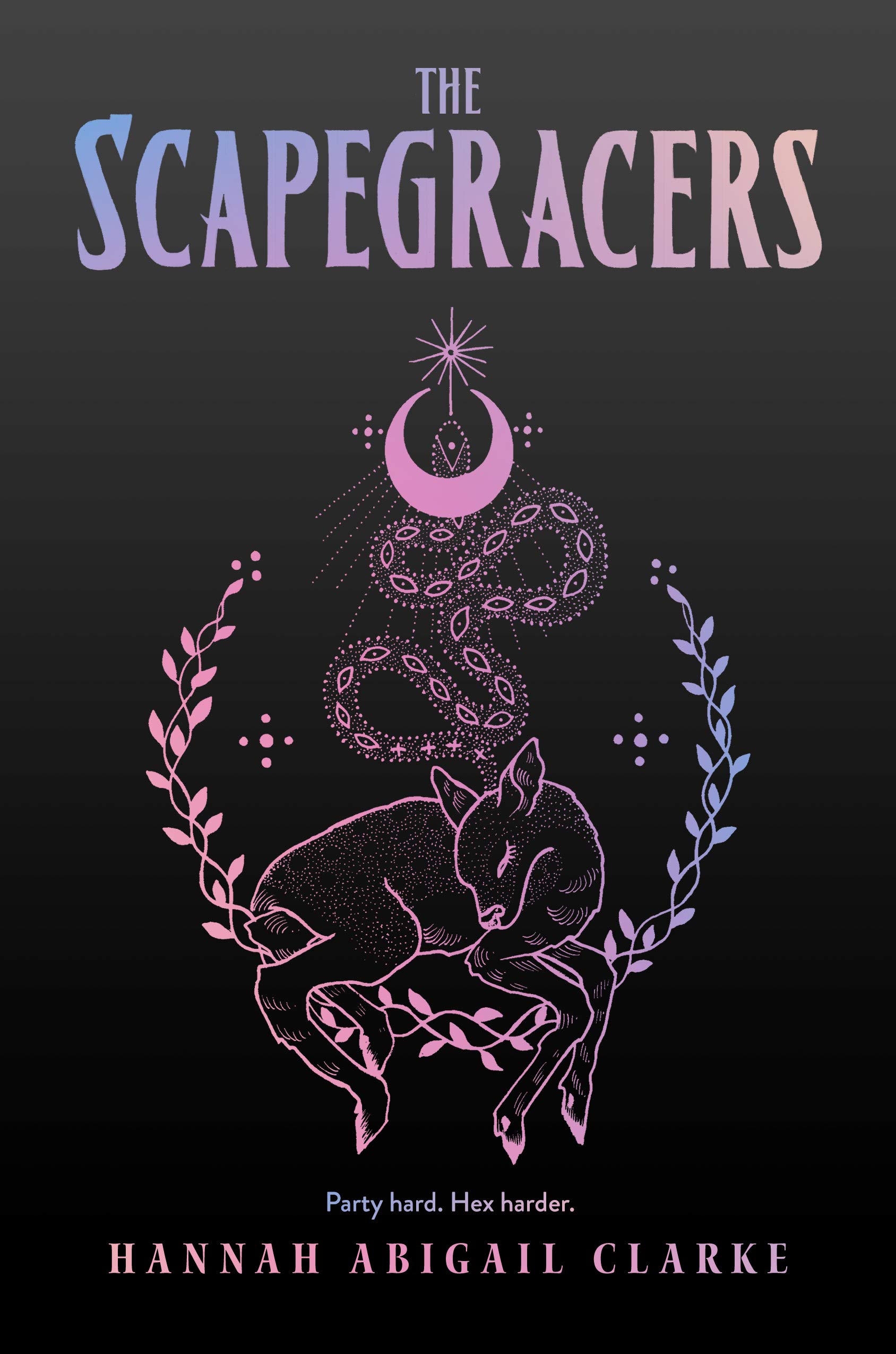
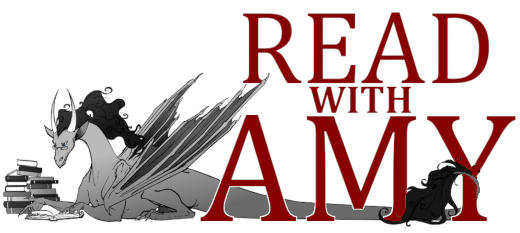
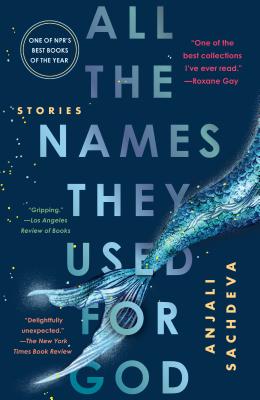
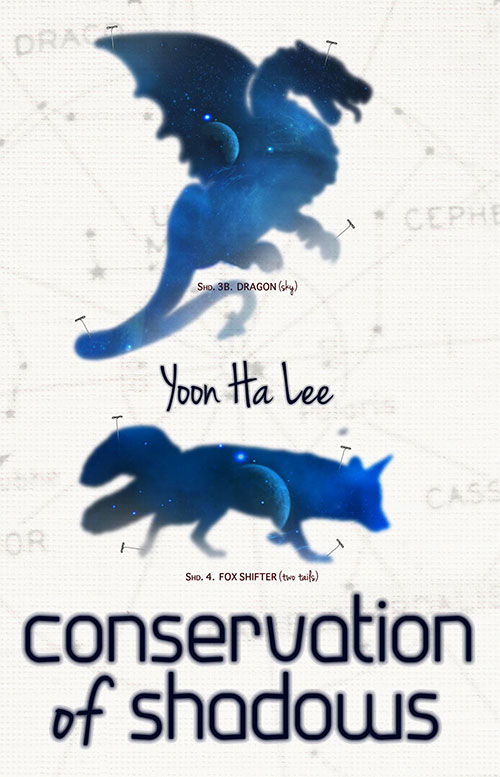
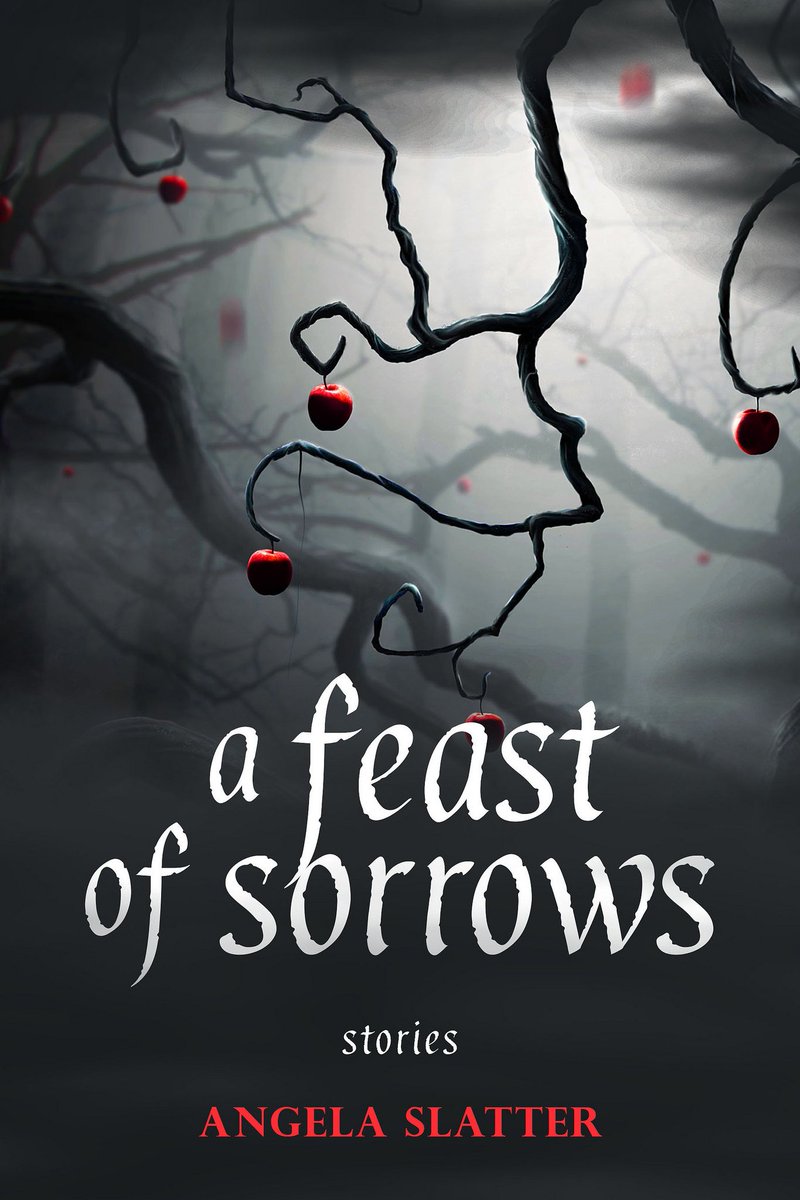
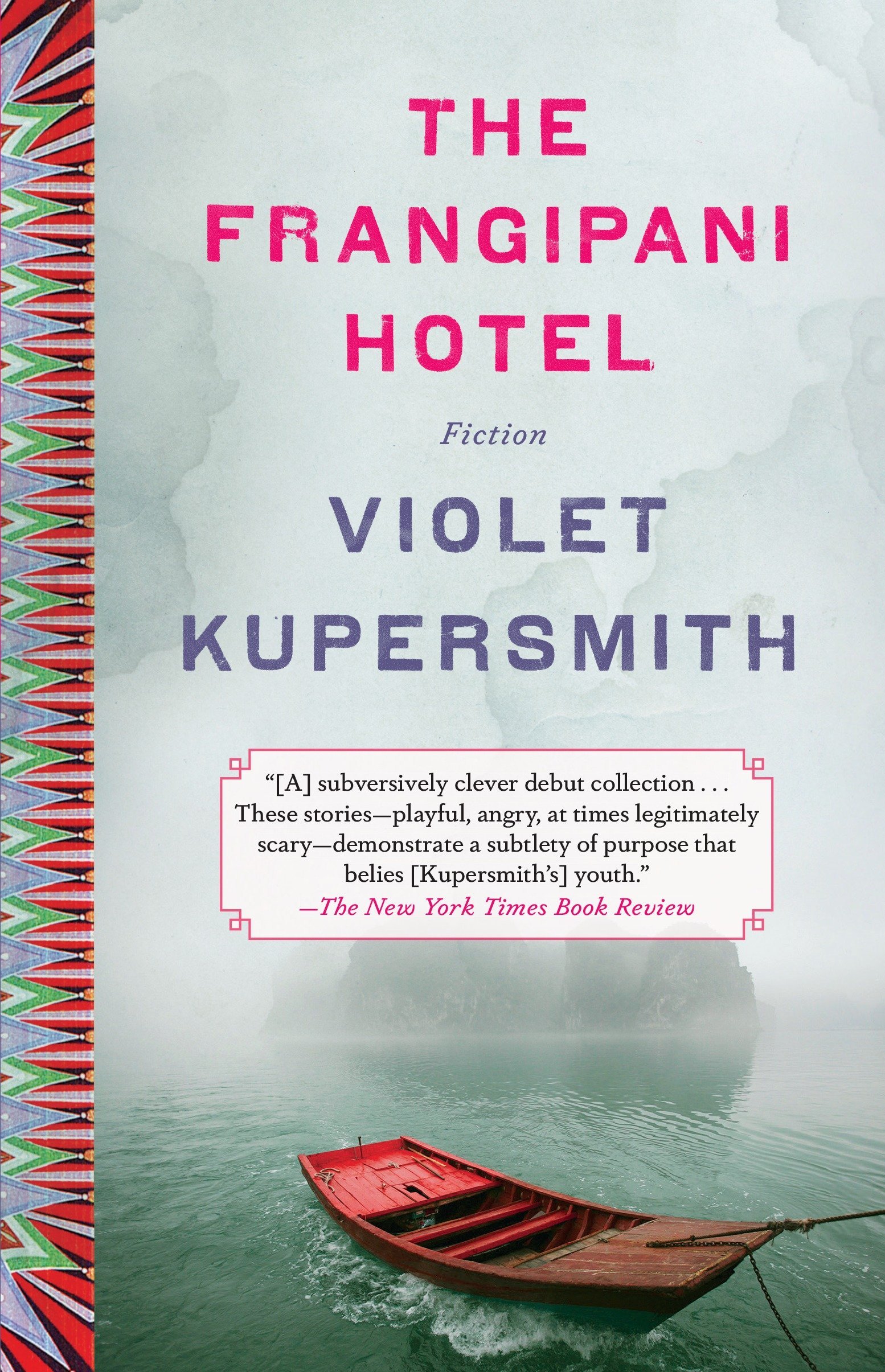
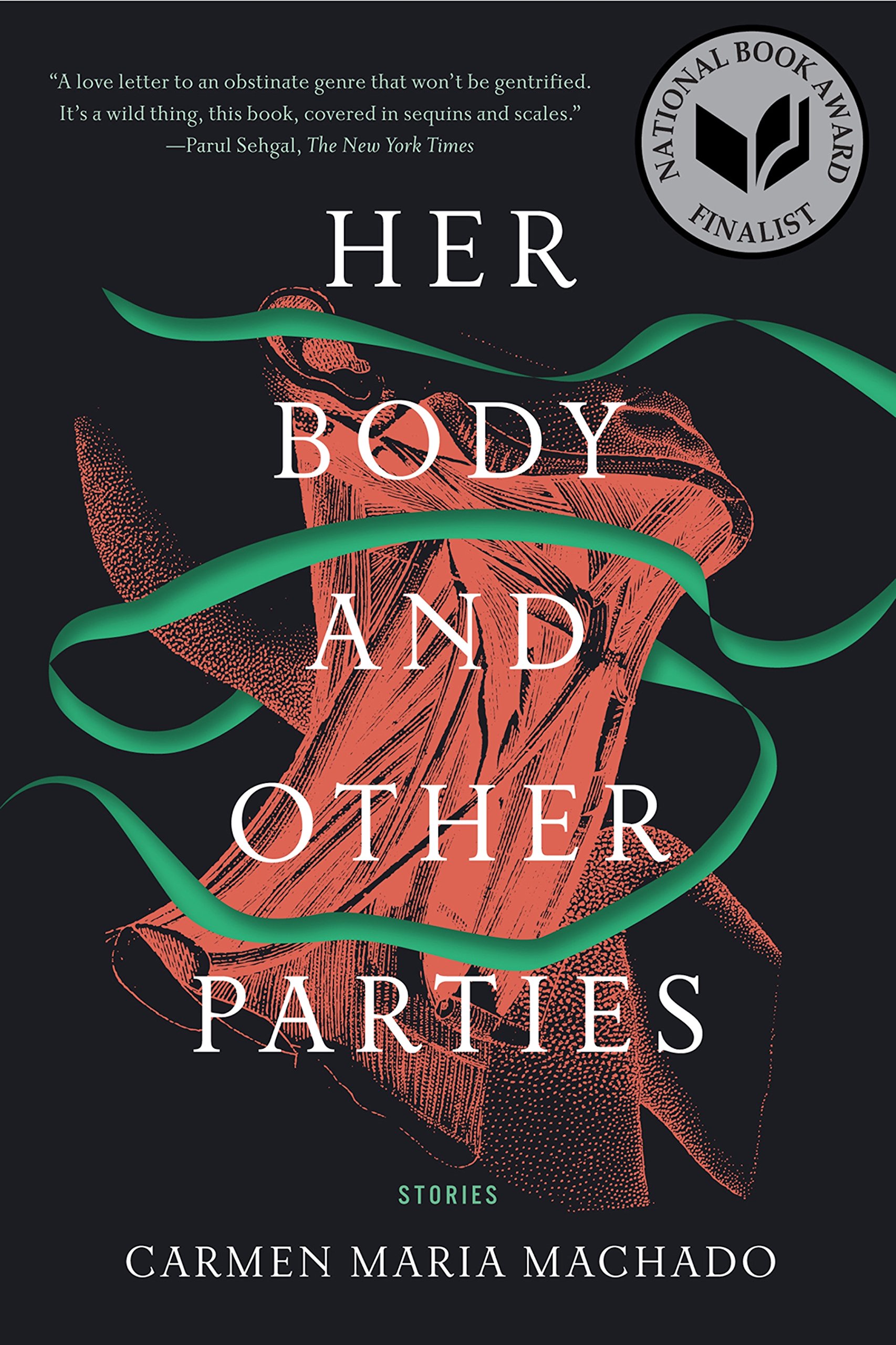
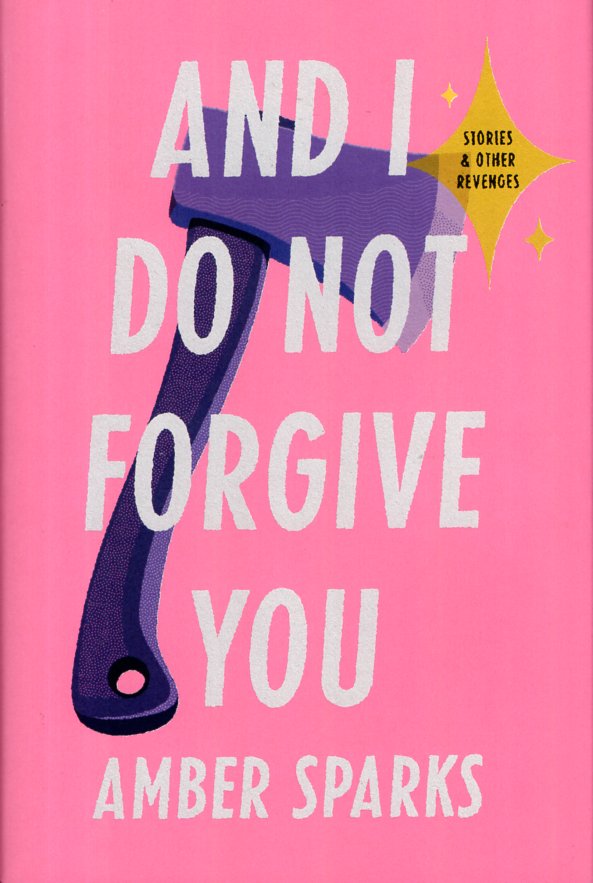
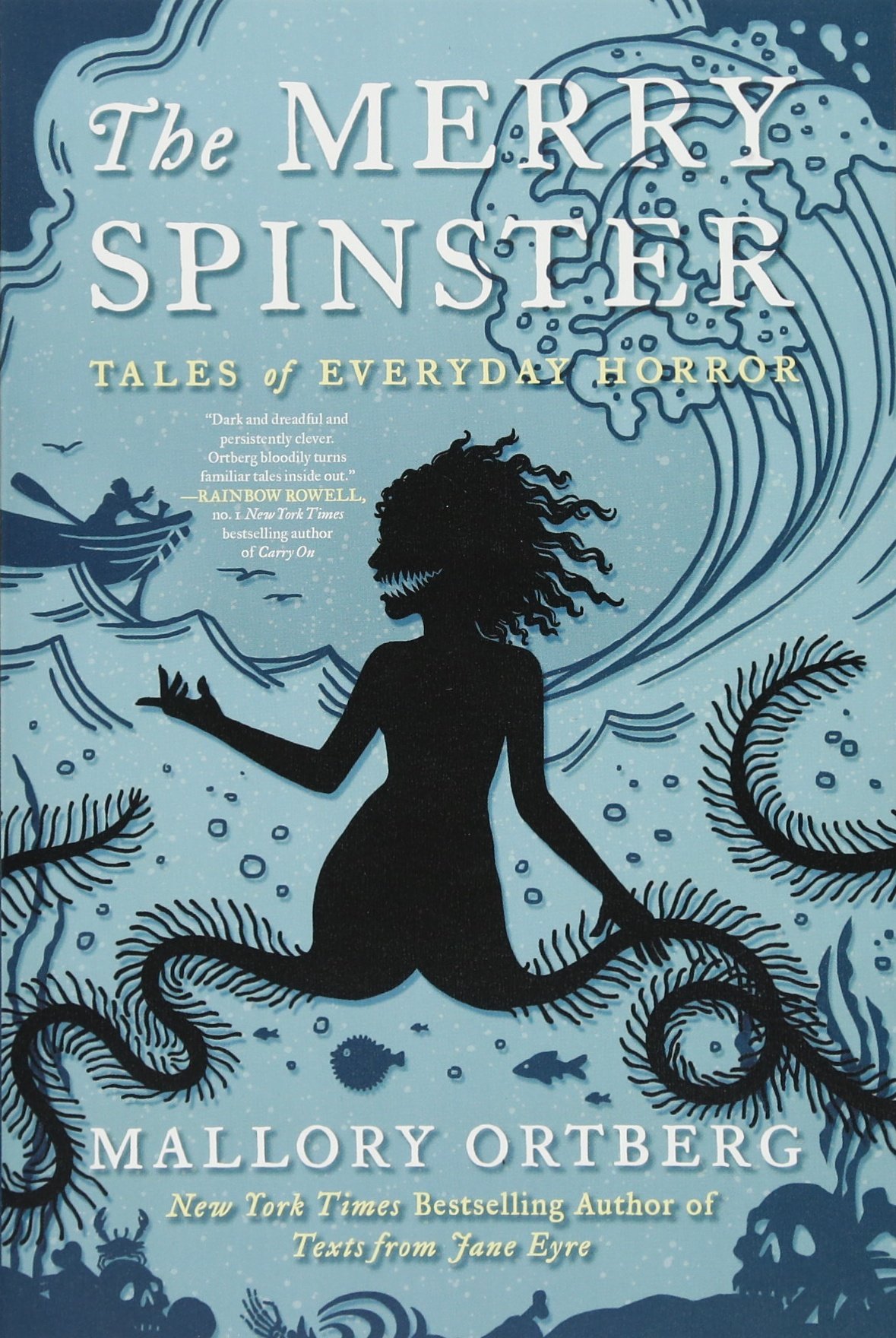
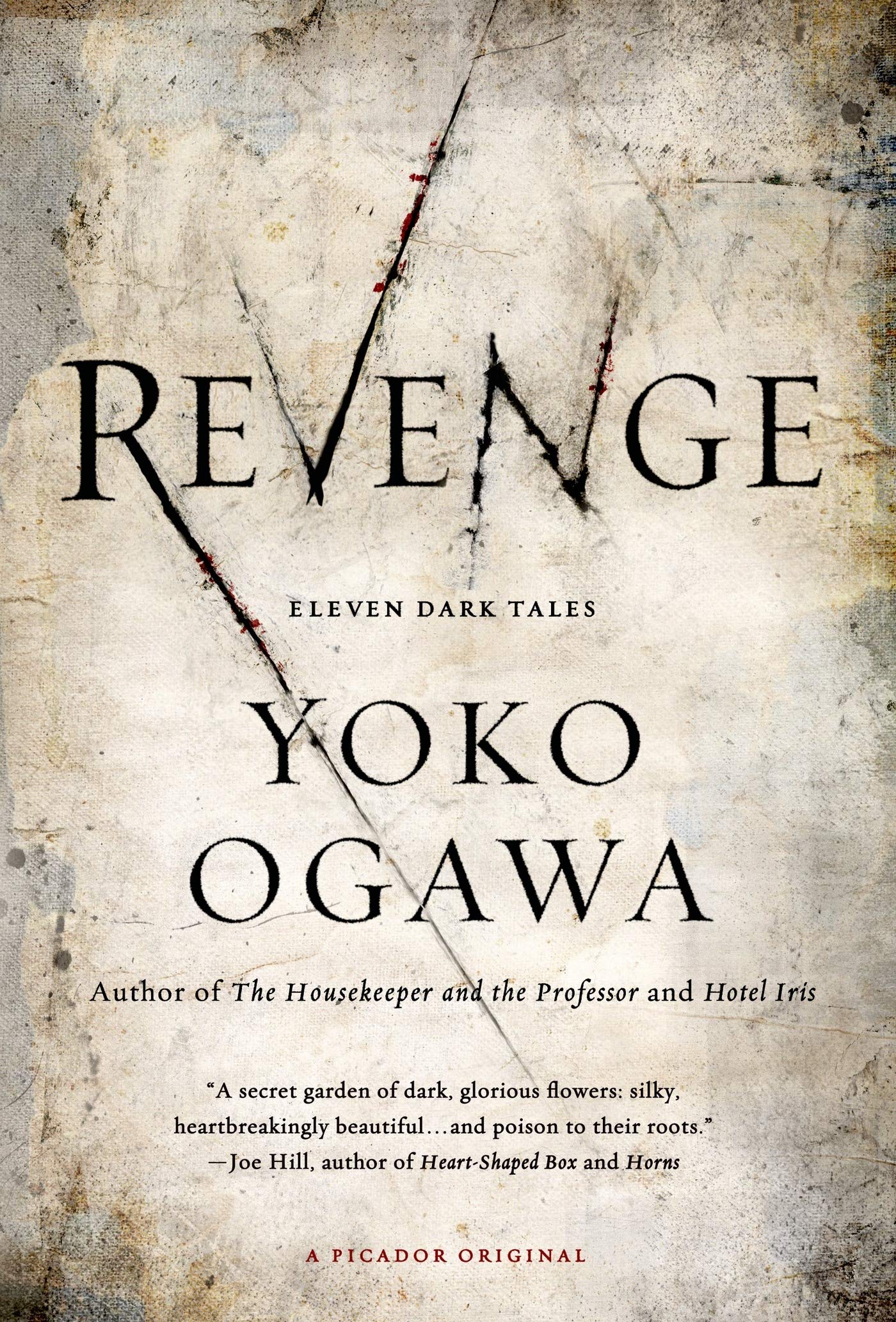
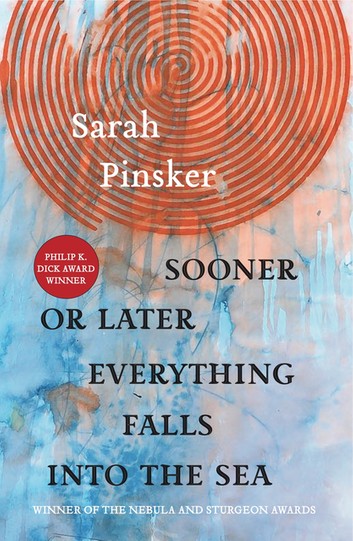
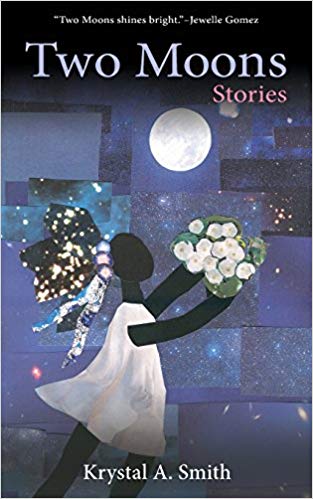
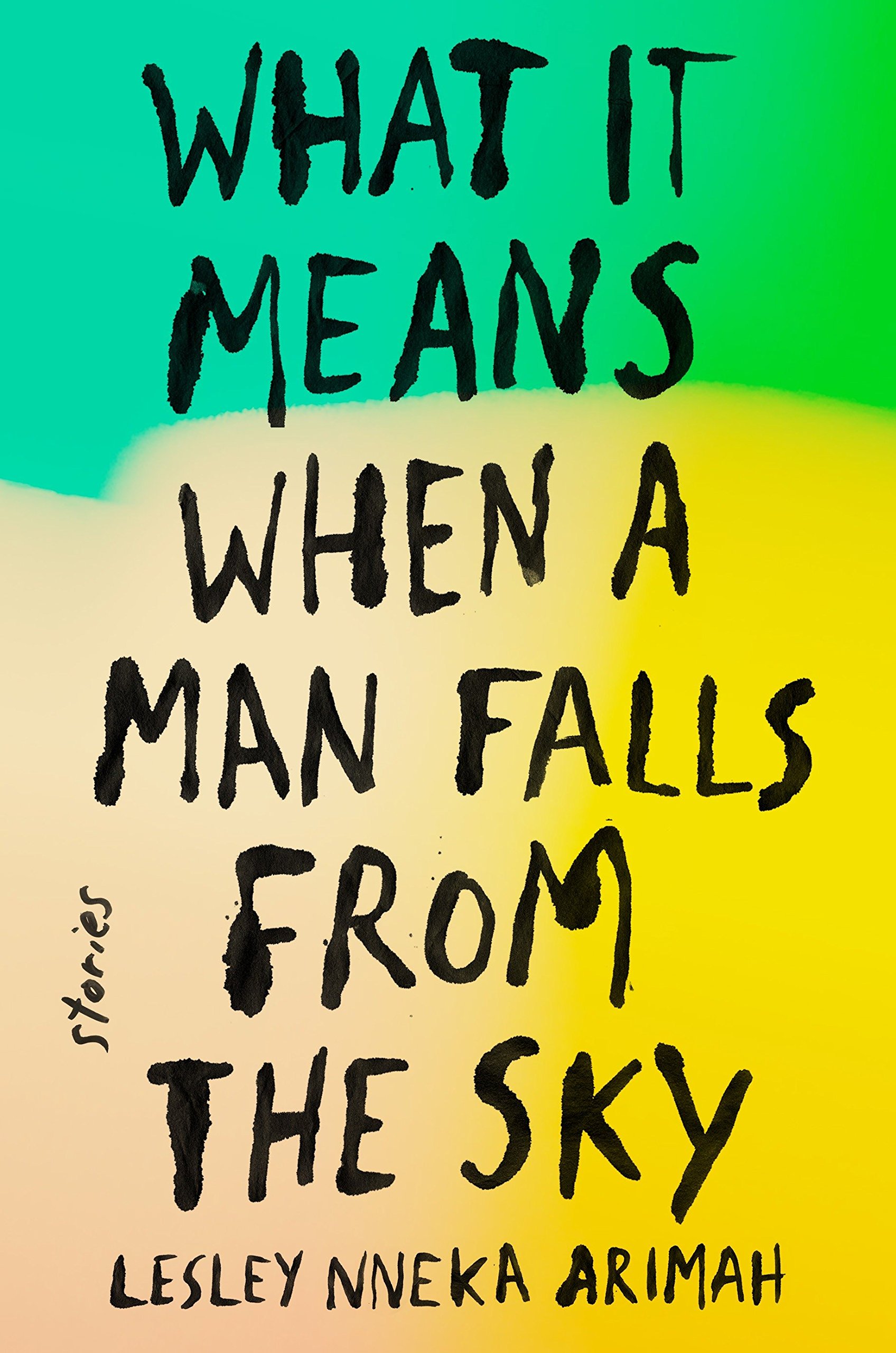
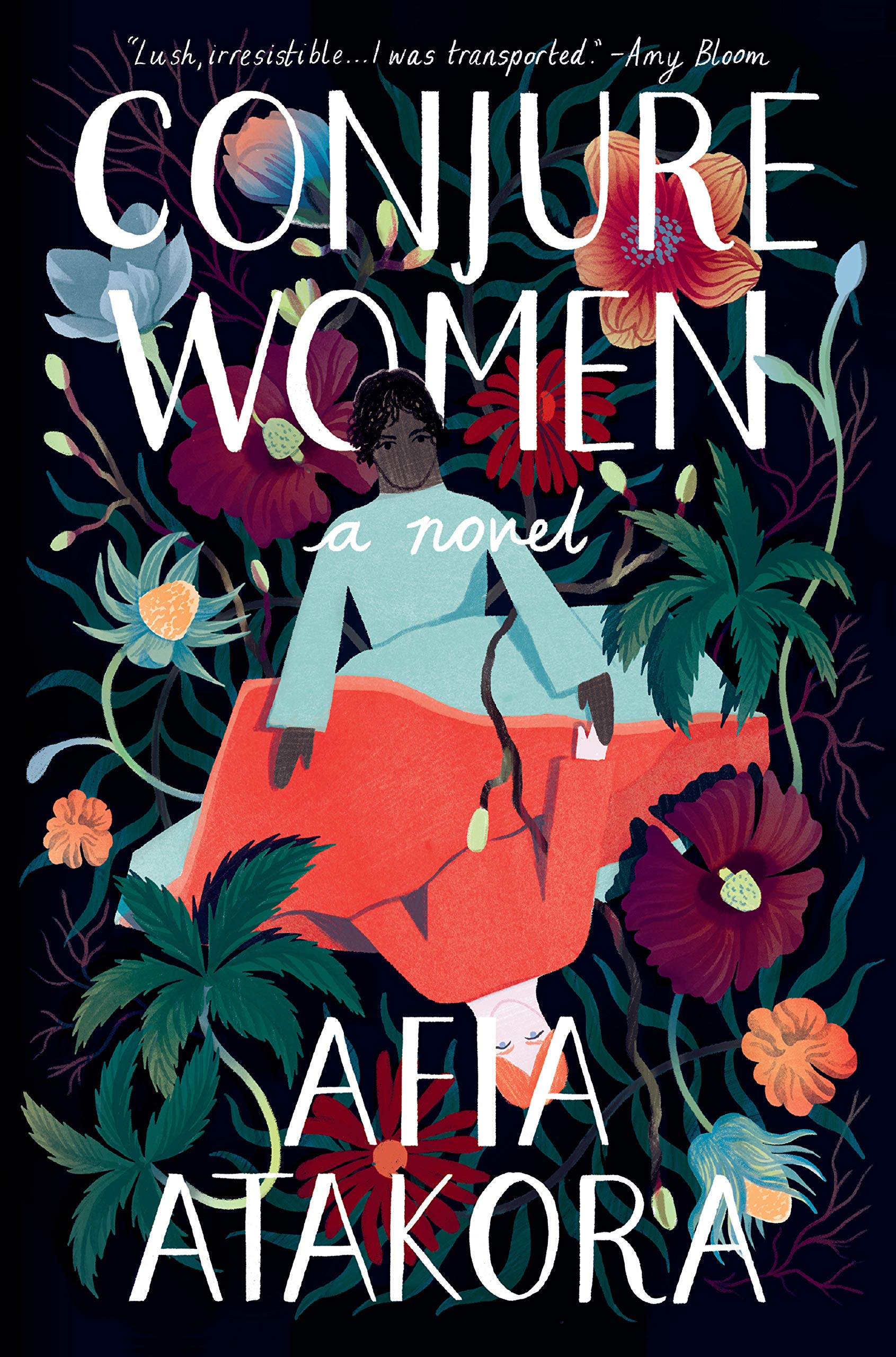
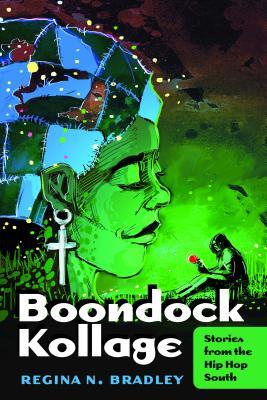
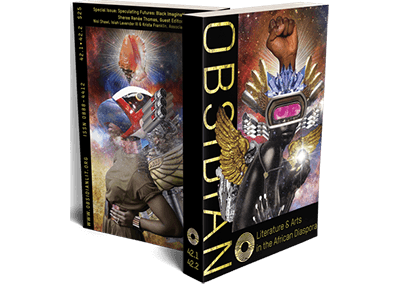
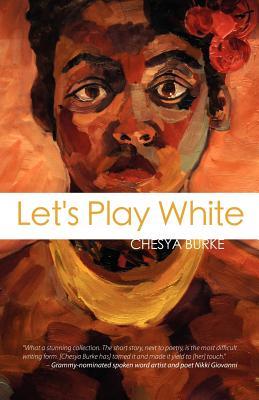
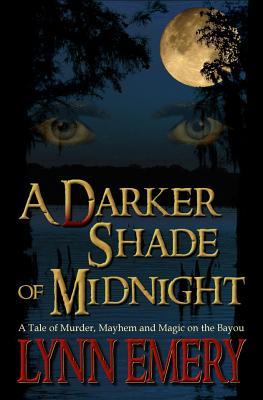
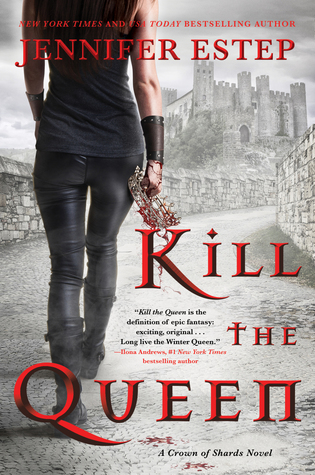

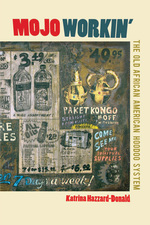
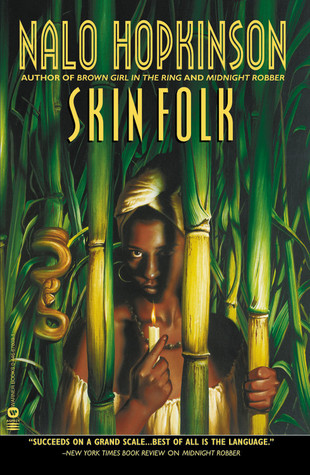
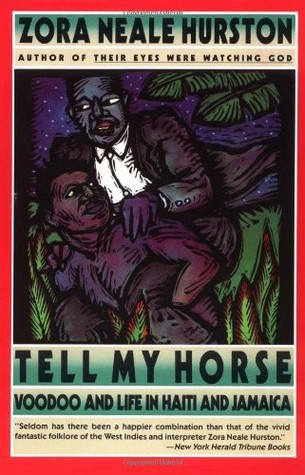
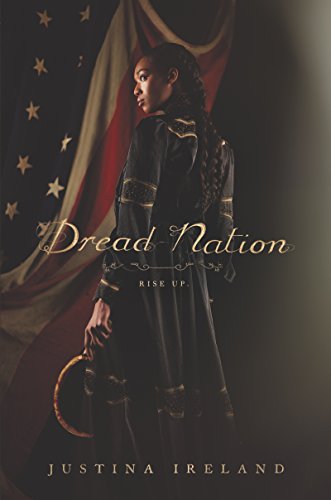
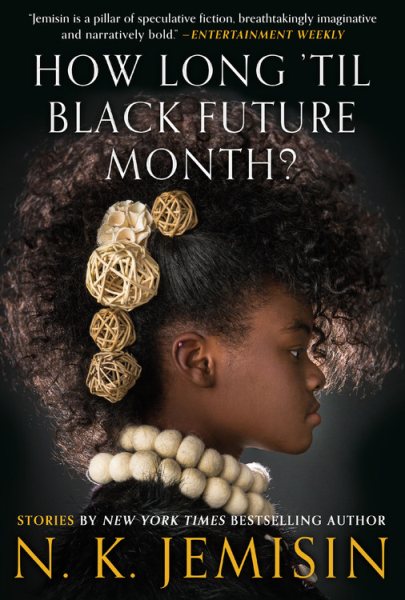
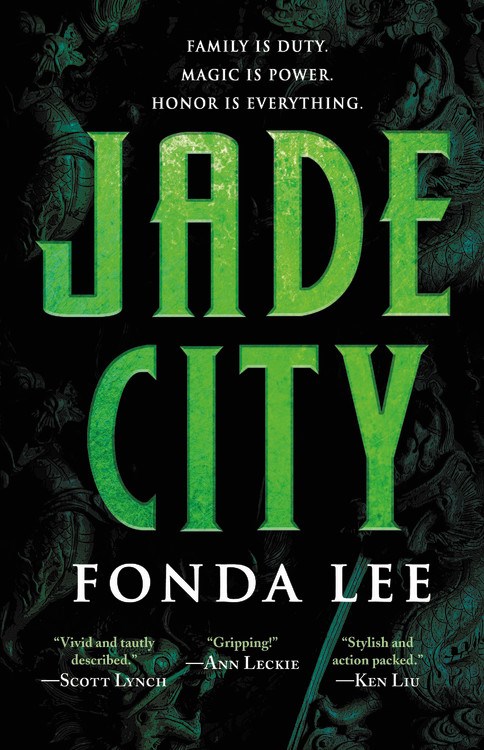
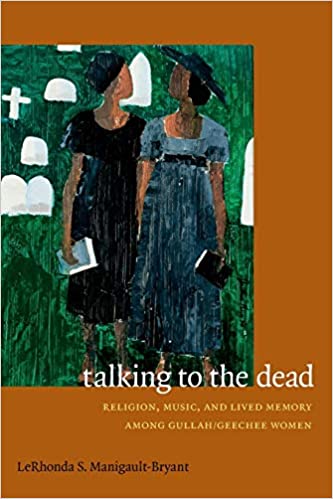
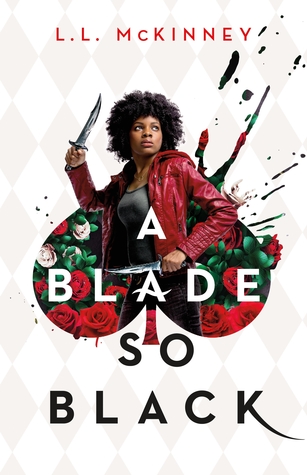
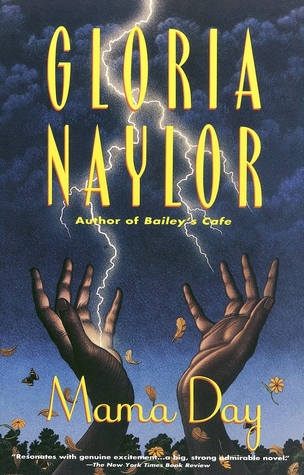
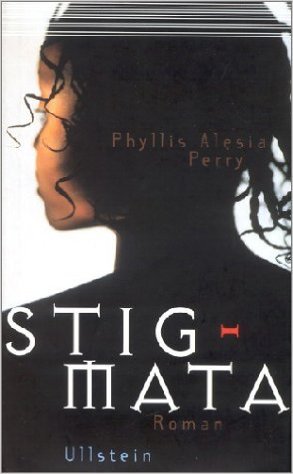
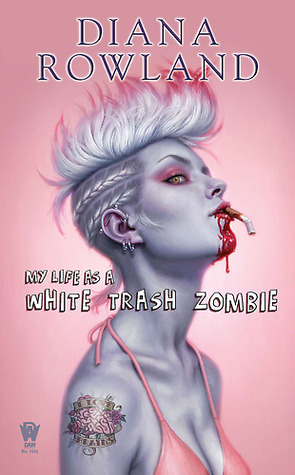
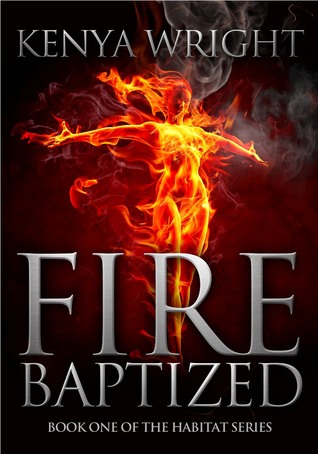
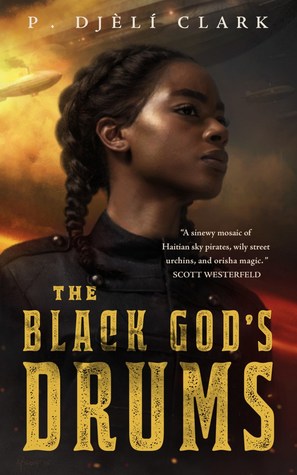
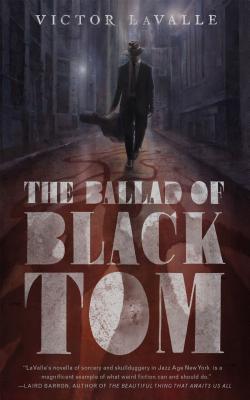
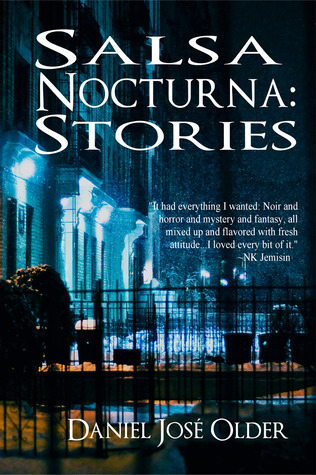

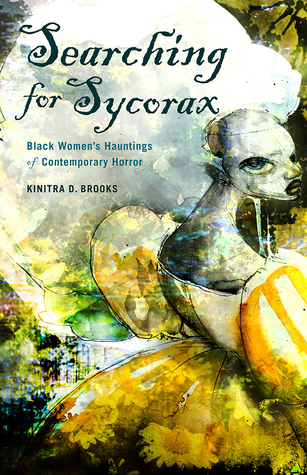
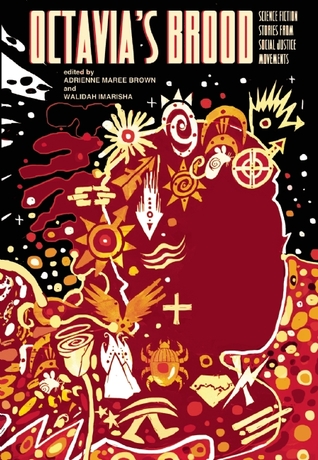
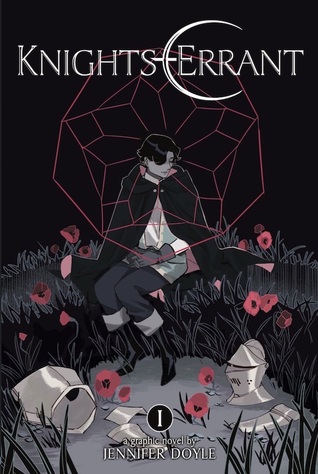
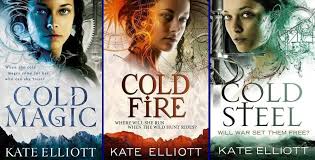
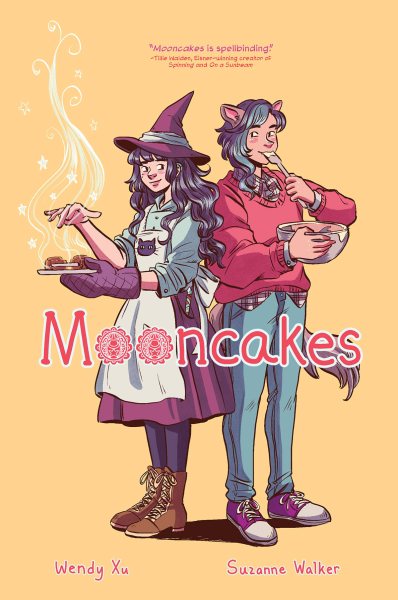
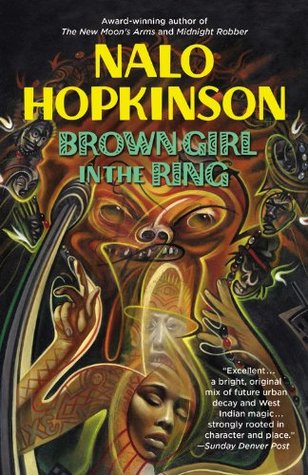
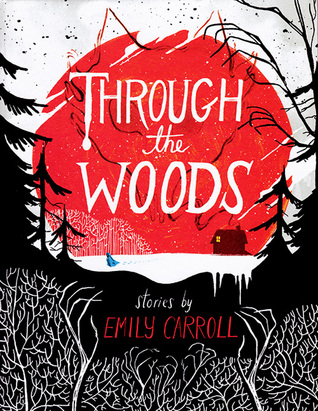
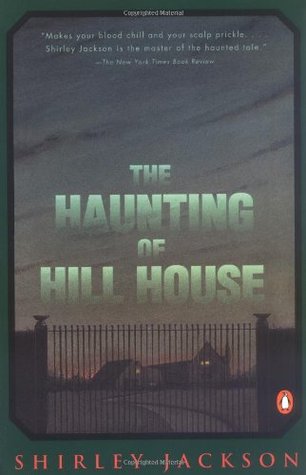
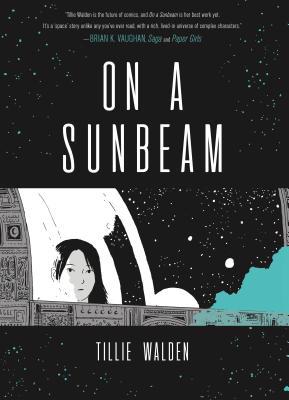
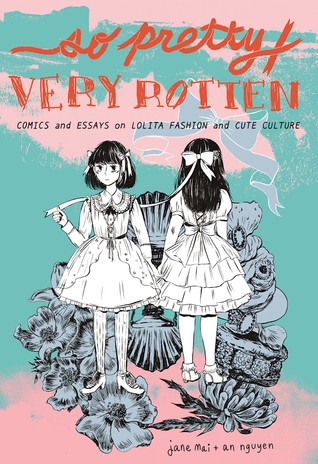
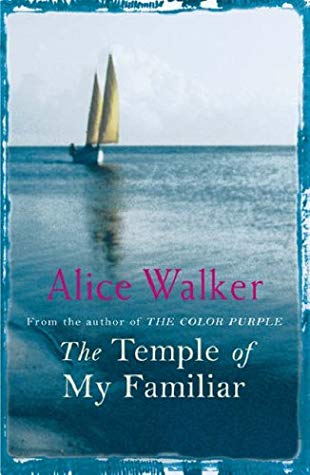
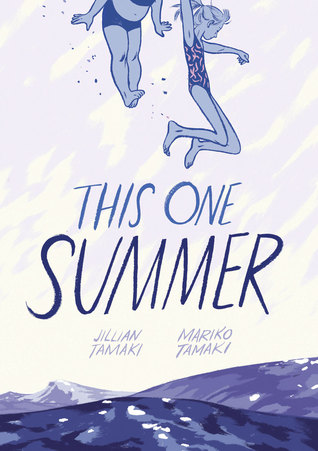
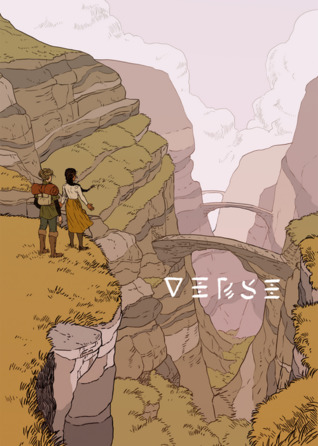
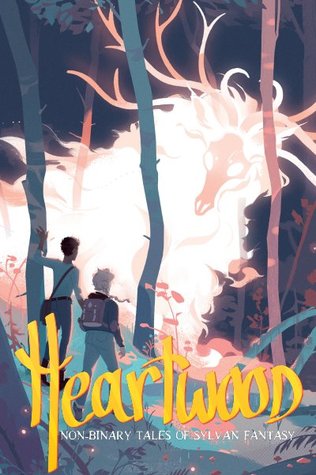



Connect with the Sirens community
Sign up for the Sirens newsletter